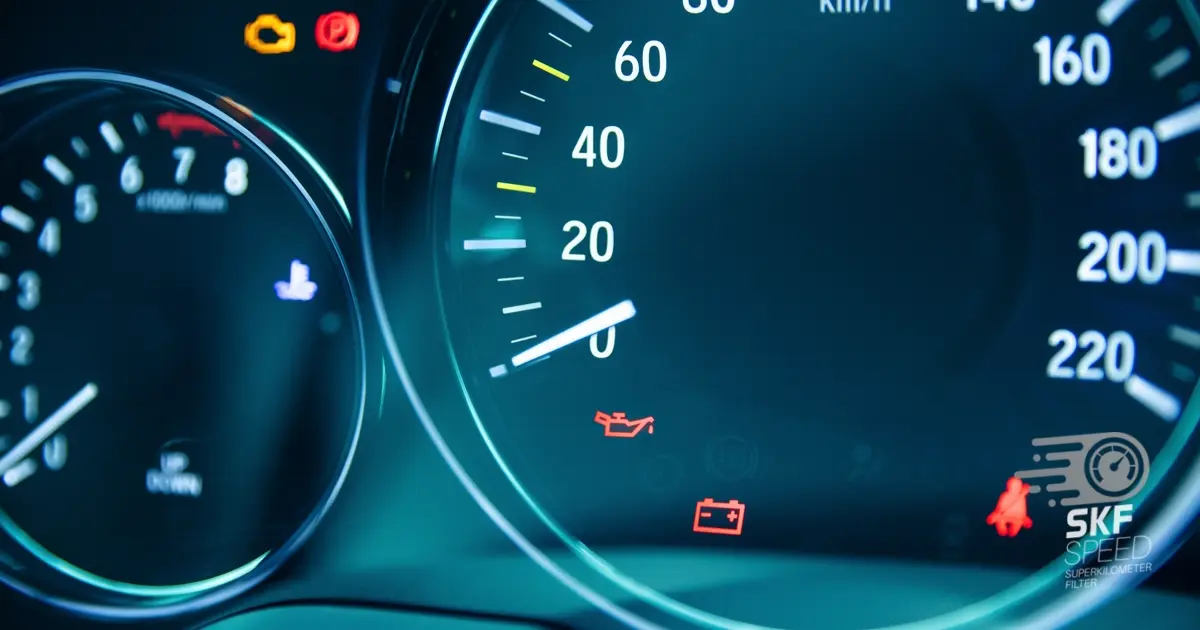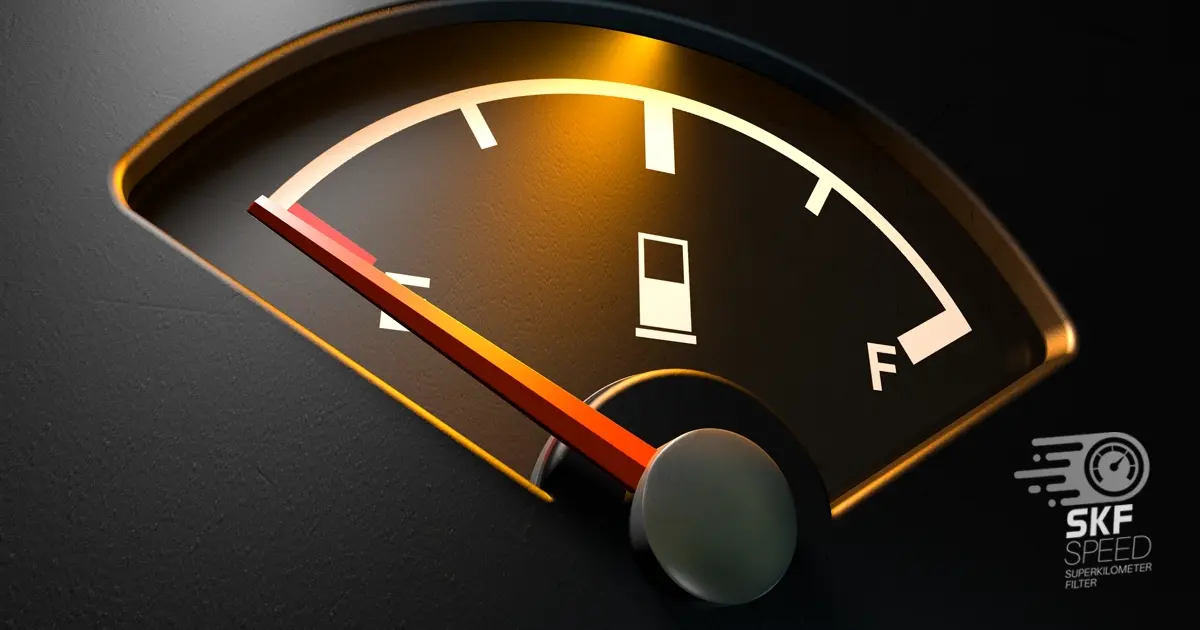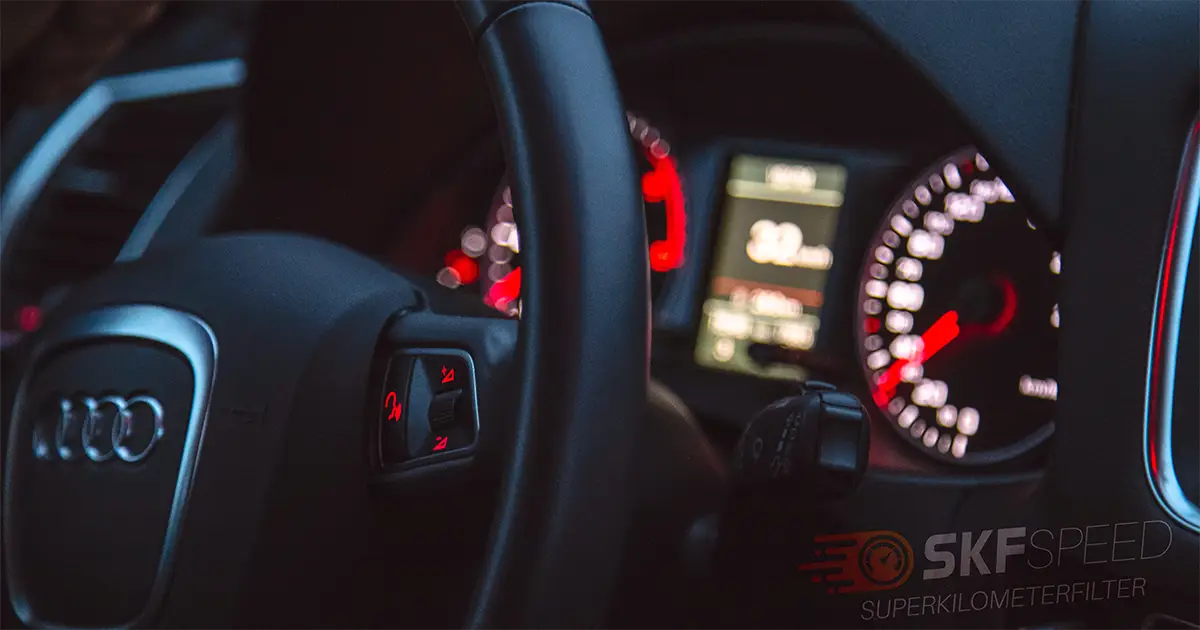
Engine hours to miles is a calculator that provides average information about car maintenance, engine health and overall usage. This data is essential for drivers and professionals alike. Although it might sound exciting, there are important aspects that everyone should take into consideration before making any calculations. If you know how to properly measure engine hours and mileage, the metric can play a significant role in your daily life.
While speaking about the engine hour to miles, there are two major components: engine hours and miles. First, we need to determine what is an engine hour. It is normally recorded by the onboard computer of a vehicle, showing the total amount of time the engine has been working. For some, it might be just a number that shows how long an engine was active. However, this data keeps a lot more within itself.
Every engine has its own lifespan. This means that after specific amounts of time, it will not be as effective as before. Hence, you need to replace it with a new one. Miles to engine hours conversion is an important factor that gives you an idea of how long a vehicle engine can last. The details about the power source have other benefits as well. Based on it, you can calculate total wear and tear and schedule your services respectively. In addition, it will also assist you in tracking the maintenance costs and planning your monthly or annual expenses.

After discussing engine hours, it is essential to analyze the automobile mileage. When we mention miles, we imply the total distance that cars have covered. Nowadays, more and more people look at the mileage information. It is quite logical as mileage can give us a crucial insight:
As you can see, miles to engine hours represent much more than just numbers and require attention.
As time passes, scientists make new developments and discoveries. Due to technological advancements, we live in a different reality than the previous generations. The development also impacted the car industry, and we wonder are miles still that important today.
There is no doubt that distance contains many useful information and could give us a general overview. However, in the modern world, there are more significant factors that we need to look for:
Even though a lot of things have changed lately, mileage and engine hour to miles is still important. You can convert this data into money and determine your average costs.
A lot of people may be curious why they need this information. Or why should they turn engine hours into miles or vice versa? As previously stated, knowing each of these measures could be useful in providing an even more complete view of a vehicle’s maintenance and performance.
First of all, understanding engine hours to mile will assist you in monitoring your engine. Calculating the idle time, speed, and total kilometers or mileage that you have covered will illustrate how much diesel or fuel you need per hour. This will draw a clearer picture of the overall condition.
Furthermore, calculating the figures is useful for predicting maintenance. It additionally assists with selling because customers might be more familiar with miles as an indicator of usage and deterioration. If you know the details of your vehicle, you will have a deep understanding what is the real valuation and make a more realistic assumption. This will prevent false misconceptions and disappointment in the process.
Engine hours and mileage are not directly converted, and this calculation is not always equal. many factors affect the final result. Average speed, type, and overall maintenance will give you a different result.
The difference is visible when comparing two vehicles to each other. A boat engine, for example, that runs at a steady pace would collect engine hours faster than a vehicle engine that changes in speed. In such cases, the maintenance is a key factor. For instance, an engine with better maintenance can outlast the one with the same engine hours but poorer upkeep. As a result, when converting car miles to engine hours, these parameters must be taken into account. The conversion of gasoline-powered cars is impacted by variables such as idle duration, driving speed, and engine load. Diesel engines, due to their distinct combustion features, could need a somewhat alternative conversion strategy. Furthermore, the combination of electric and hybrid motors brings an additional level of complication, as electric-only running and regenerative braking call into question the conventional engine hours to miles concept.

Engine duration and miles are both crucial for the functioning of any motor vehicle. Despite such significance, we still make mistakes while making calculations and future predictions. Two major mistakes can cause a huge difference.
These are the two most significant mistakes that car owners often make when turning engine hour to miles. You cannot simply multiply or directly use the data from another automobile.
The rapid development of Artificial Intelligence (AI) and machinery influence the whole world that we live in. AI has the capacity to calculate and monitor vast amounts of data simultaneously and make precise predictions. Moreover, it can do analyses that were impossible for humans manually. Now it gives us the potential to transfer all of our ideas into reality. This technique can be used in our favour and utilised in the car industry.
In our case, artificial intelligence could calculate mileage and engine hours at the same time and convert miles to engine hours. As artificial intelligence progresses, it will be able to create unique, flexible algorithms that can adapt to diverse driving behaviours and automobile settings.
Additionally, just measuring the data will not be sufficient. As the system becomes flawless, manufacturers will start using AI for making future predictions. You will be able to give the system a command of how many miles you would like to drive or your engine to be running. Then the AI will calculate engine hours to miles, all the possible routes, consumptions, and your driving manners to provide you with the best possible solutions.
Mileage has evolved, and with this measurement, we can find out a lot of details about our vehicles. Miles gives you an idea about the overall condition of a car, highlights wear and tear, and helps schedule service check-ups and maintenance. In addition, mileage is an important indicator of vehicle value and your monthly expenses.
The importance of engine hour to miles motivated individuals to create mileage devices that would successfully stop miles from adding. despite numerous attempts, they were unsuccessful, and all of these actions were easily traceable by scanner tools or Carfax.
The Super Kilometer Filter has developed the mileage blocker. A tiny device that instantly stops the mileage recording. It has multiple unique features:
Engine hours to miles is the information that will help you determine numerous details about your vehicle. However, don’t forget that there is no universal measurement, and it varies depending on each car. Hence, precise information is crucial in the process and even the slightest miscalculation will you a different result.








Here you will find all the details about our company
Here you will find shipping and return related information
Here you will find information on all technical questions
Here you will find helpful information about installation